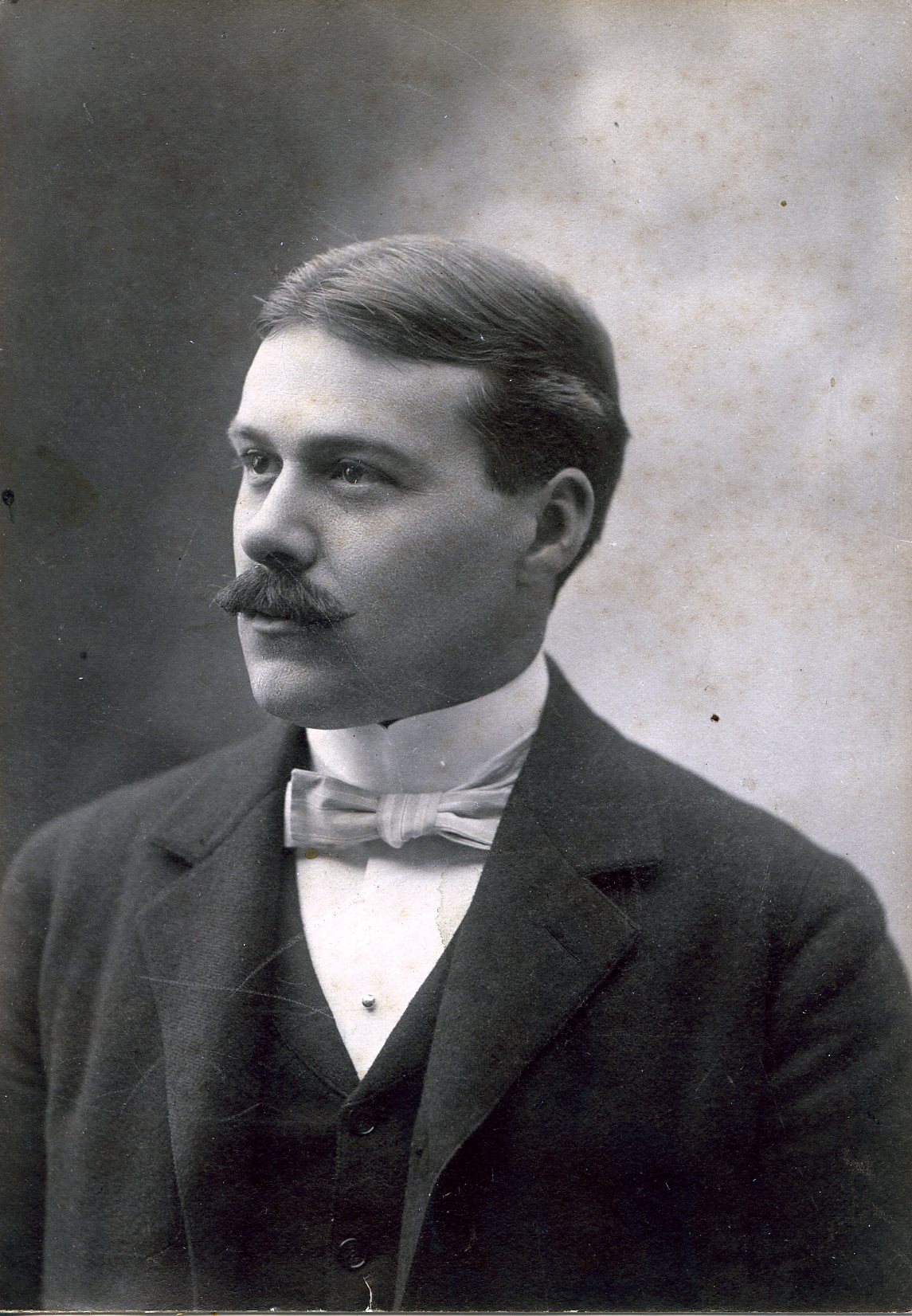Artist
Centurion, 1893–1933
Born 26 May 1865 in New York (Brooklyn), New York
Died 16 December 1933 in New York (Manhattan), New York
Buried Broadalbin-Mayfield Rural Cemetery , Broadalbin, New York
, Broadalbin, New York
Proposed by William P. Chambers, Augustus R. Macdonough, and Clarence King
Elected 4 November 1893 at age twenty-eight
Archivist’s Note: Son of William P. Chambers; brother of Walter B. Chambers
Century Memorial
Those of us who still read Thackeray will remember Arthur Pendennis traveling to London on the coach, hearing of a popular novelist who earned “£300 a volume,” and calculating from this that he himself might make at least five thousand a year at authorship. Neither Pendennis nor his author realized the happy dream. But if Robert William Chambers had begun with a similar calculation, it would not have greatly missed the mark. Of his seventy books or more, fifty-eight novels were written in the thirty-five years from 1893 to 1927. During part of that period, the speed was accelerated to three published books per annum. Possibly, as with the outpour of mystery stories from our Wallaces and Fletchers, the sophisticated public will classify the achievement as an incident in mass production, an exhibit of industrial efficiency which enabled human imagination to turn out romances like buttons. But that would be hardly just, as regards either Chambers or his profession. Such literary productiveness, sometimes of high quality, has always been an occasional phenomenon. Not to mention the fertile Trollope, Sir Walter’s record testifies to the writing of two such first-rate stories as “Waverley” and “Guy Mannering” at a sitting of four to six weeks apiece, and to the publication in a single year of three well-known novels, two of them “Old Mortality” and “The Antiquary.”
Chambers was no Scott, but he managed to maintain what under the circumstances was a rather surprising quality of authorship. Even with Sir Walter the writing of two books at once, an achievement which Chambers prided himself on duplicating, is believed to have imposed certain literary handicaps; but none of the resultant published tales of Chambers was altogether negligible. Perhaps the real explanation was that their author, even when style or imagination flagged, had a background of personal experience, of accurate knowledge concerning other times and places. He was a draftsman, painter and illustrator, a first-class authority on animal life in the Northern woods and on colonial history—a background which he did not obtain, as it occasionally is obtained in present-day hand-made fiction, by casual visits to a sufficiently distant spot to “work up local color.”
Alexander Dana Noyes
1934 Century Association Yearbook

